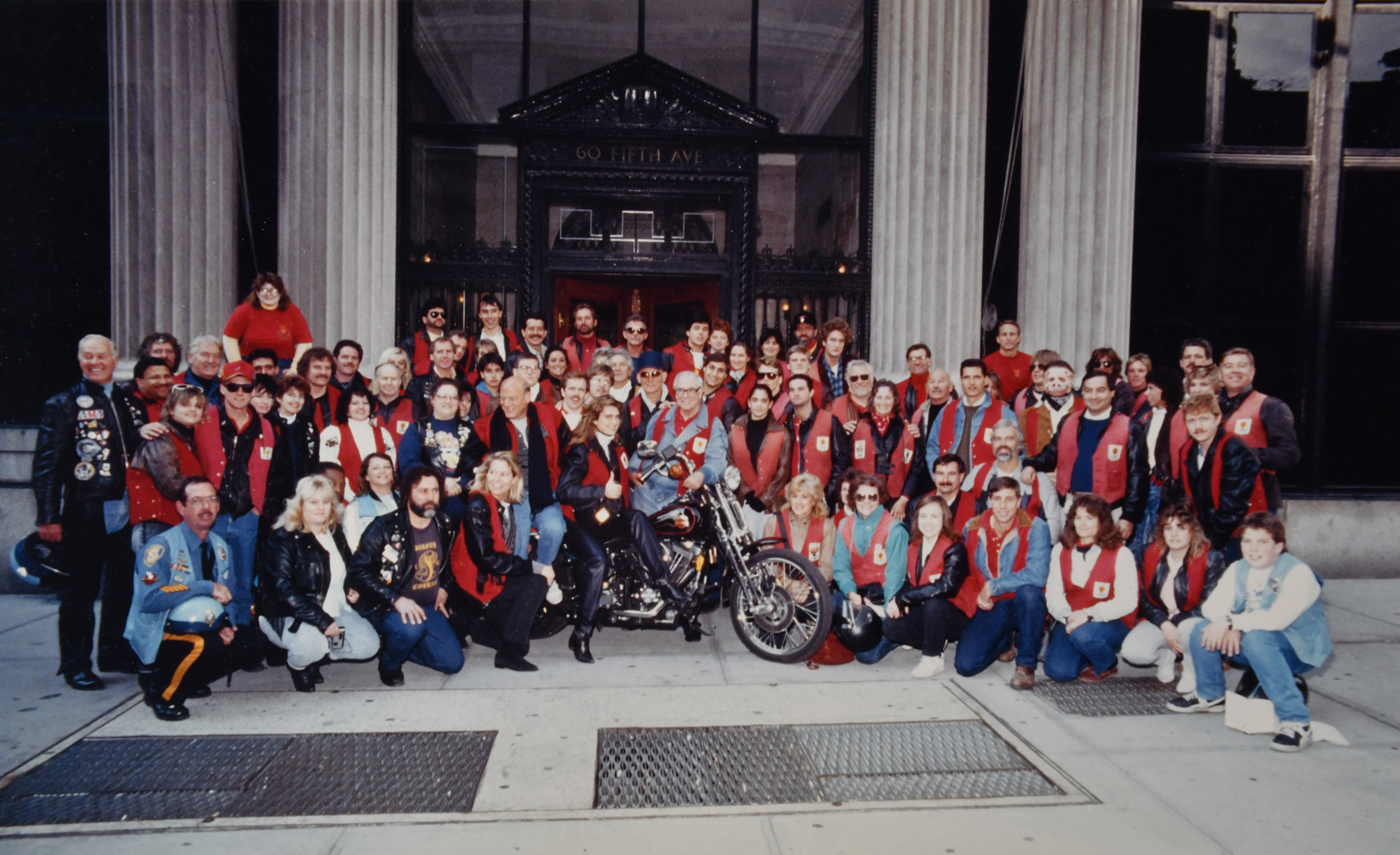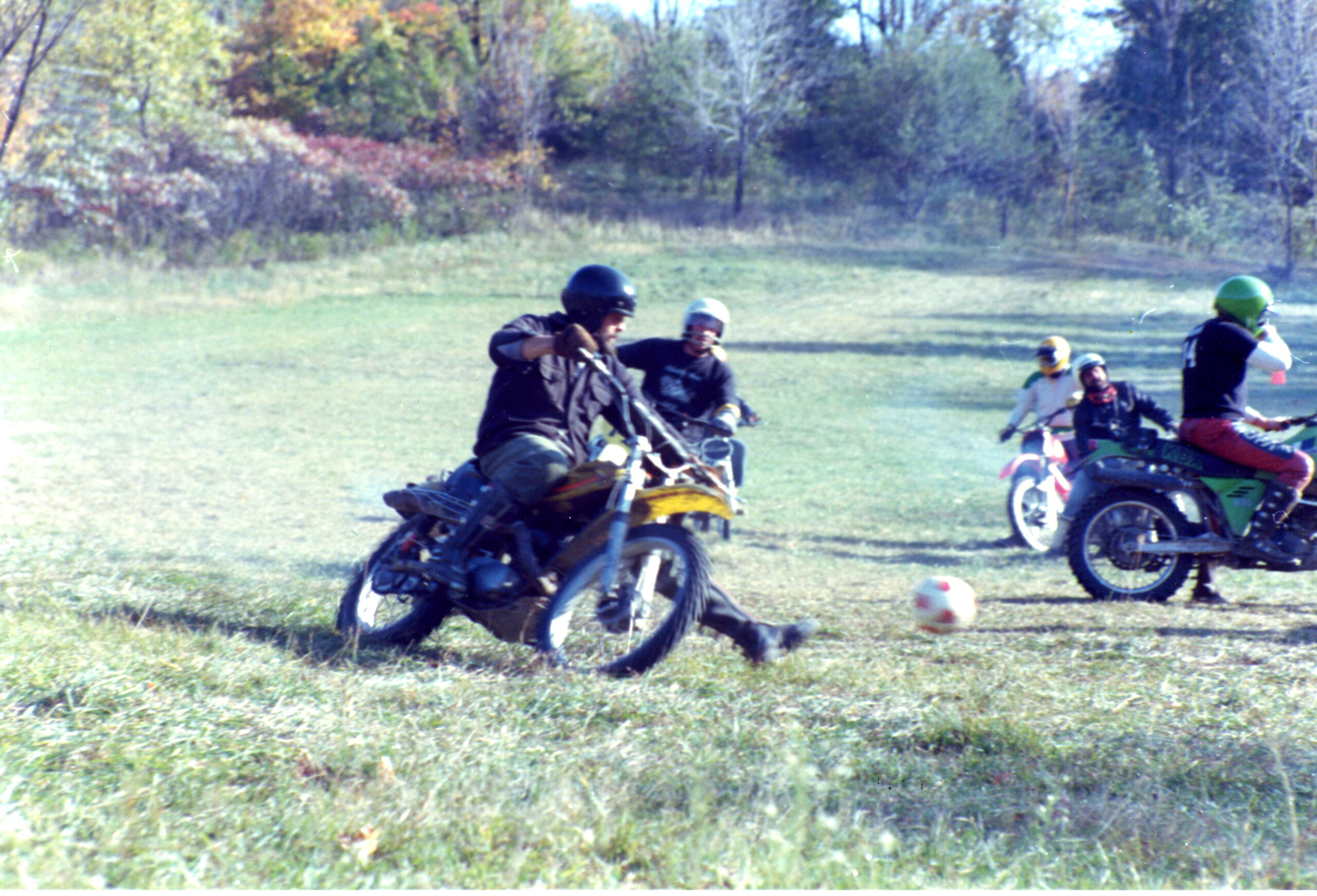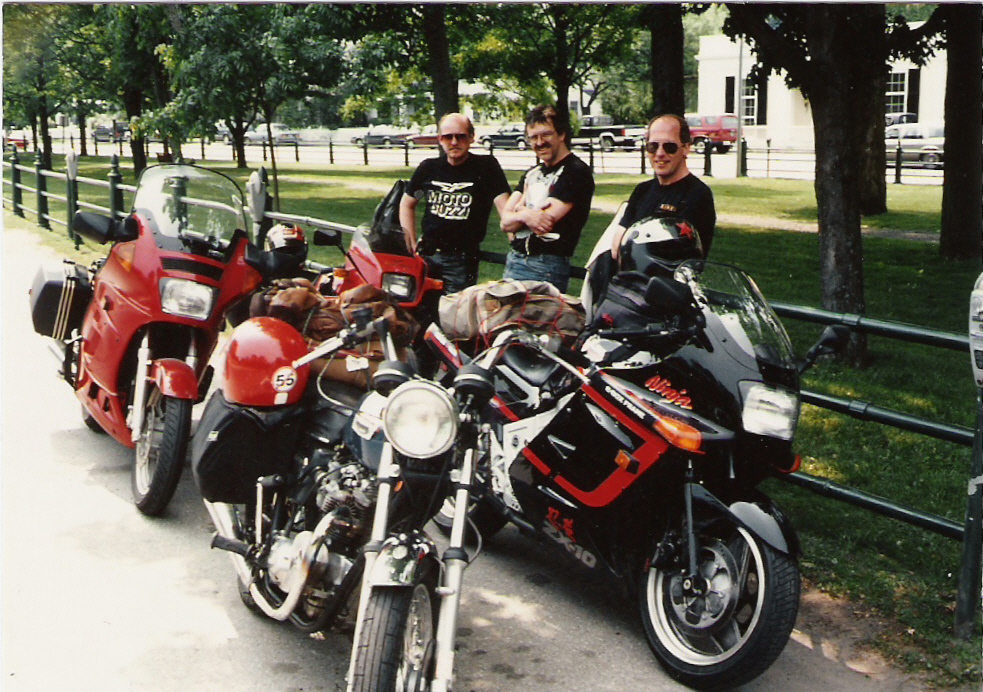Cars We Love & Who We Are #12
I admit it. Every time I watch “Field of Dreams” and Ray Kinsella‘s father walks across the diamond as a young man, I tear up.
As relationships between fathers and sons evolve over time, they display a dynamic tension exhibiting powerful forces simultaneously binding them and pulling them apart.
If pressed, a son will admit that even if the father has passed away years ago, the son continues to learn more about the father every day.
It is the very fortunate son who, in the present, experiences the lessons and appreciates their value during the arc of the father’s life.
The witness to such a story would be the 1937 Cord model 812 Phaeton acquired by father Joe Maletsky in 1961.
Vintage Cord binds father and son

Joe Maletsky in his Cord at Greenwich Concours d’Elegance with Bryan Maletsky at the wheel
It was 1941. The older brother of Joe Maletsky’s best friend pulled up in front of Joe’s high school driving a Cord Phaeton (an open touring car). In that moment, 14-year old high school sophomore Joe Maletsky knew he would own a similar car one day.
Fast forward to 1961, the man renting Joe’s mother’s garage could not pay the back rent. He offered the used car housed in the garage to square the debt. Lucky for Joe, in 1961, a 1937 Cord Phaeton qualified as a used car. Joe, at last, would have the Cord of his dreams.
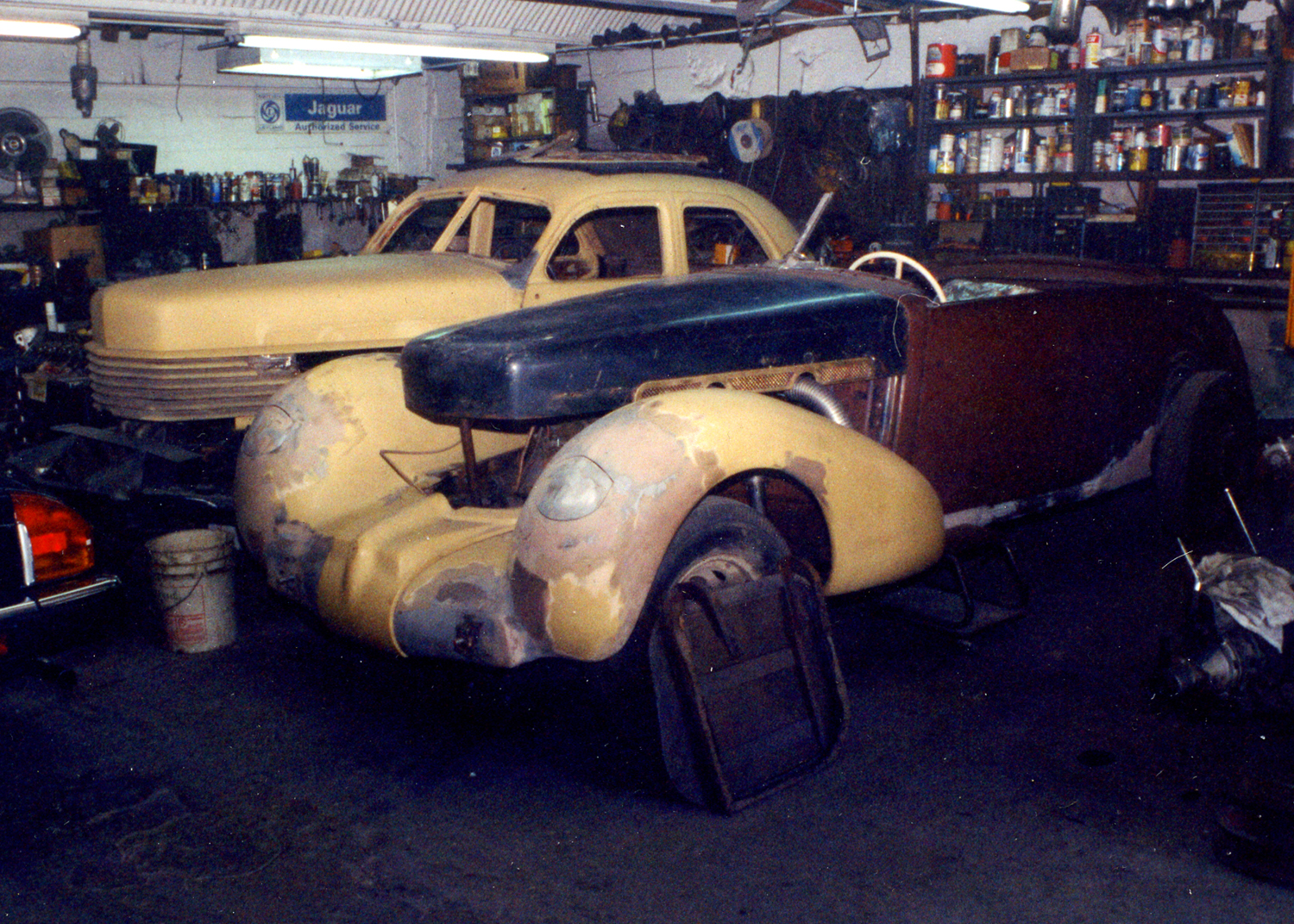
Cord moves to Motorcraft facility
“How do you make God laugh?” goes the saying. “Tell God your plans,” goes the punch line. With the demands of supporting a family, restoration of the Cord would have to wait.
Never permitted to suffer under a dusty layer of indiscriminately discarded house debris, the 1937 Cord remained untouched but not unloved while it sat for years in the garage of Joe’s mother. Bryan recalls playing in and around the model 812 Cord Phaeton as a young child and says, “Nothing was ever placed on the car. I can remember that even the tires were always inflated properly. It never had a flat.” Joe’s phaeton would patiently wait. And patient it would need to be.
The year, 1966, witnessed the Cord’s patience rewarded as the restoration began with Joe embarking on the car’s complete disassembly. However, over the next decade progress on the Cord again lost out to the demands of raising a family and making a living.
Joe Maletsky’s three sons Paul, Ken and Bryan all inherited the Maletsky gene that carried a passion for performance automobiles accompanied by the skills to build them. However, the boy’s tastes initially did not include landmark classic cars of the 1930s. Bryan says, “My brothers and I were too much into the race cars, street cars and fast cars.” Bryan does acknowledge always having a respect for the car, but never really taking too much of an interest as a youth. With a self-deprecating smirk Bryan says, “We couldn’t do burnouts with a 1937 Cord.”
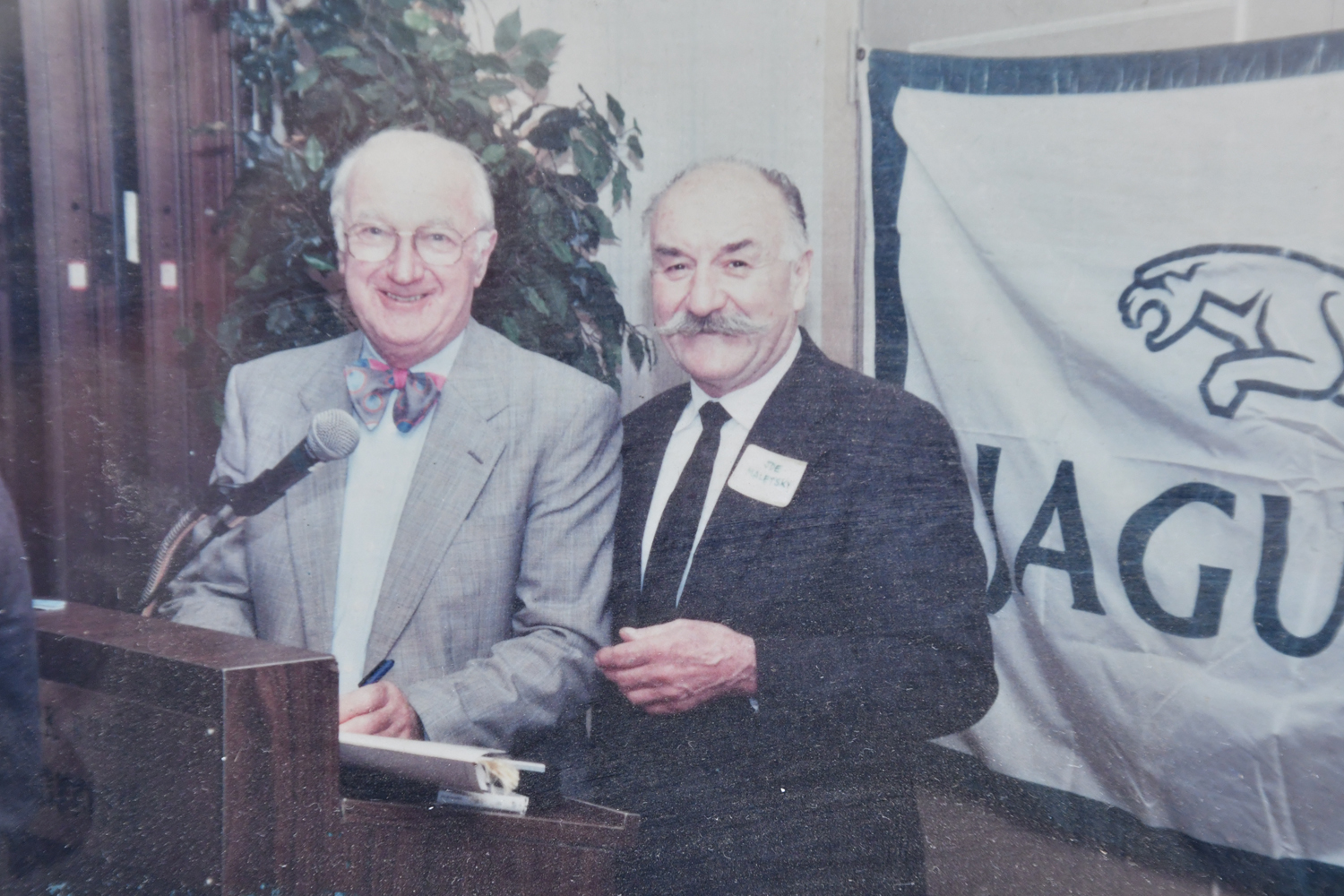
Racing legend Bryan Lister and Joe Maletsky at Jaguar Annual Meeting
In 1972 having been bitten badly by the vintage Jaguar bug Joe along with his sons opened Motorcraft, Ltd. Bryan, while continuing to attend high school, joined Joe in the family business. Together father and sons would build a nationally–respected Jaguar restoration shop.
Bryan, now a seasoned restoration specialist at Motorcraft whose work includes 100-point JCNA judged Jaguars, leaves no doubt as to the value of time shared with Joe.
A marine serving in WWII and schooled at the Teterboro School of Aeronautics, Joe approached every job with the same disciplined perspective required in rebuilding a plane to be airworthy. His machining and metallurgy skills were off the chart.
While the Cord moved from Mom’s garage to Motorcraft in the 1980s it did not move closer to completion. In the 1990s despite the continued heavy workload at Motorcraft Joe turned his attention to rewarding the Cord’s patience and moved ahead. Bryan says, “It needed a total restoration. Full mechanical, brakes, exhaust, engine, transmission.” Joe, like a seasoned athlete, stood at the top of his game and the top of his game would be required to bring the Cord to life.

Joe and Bryan
Joe’s expertise and “can do” attitude equipped him to view no problem as insurmountable. Faced with a challenge he would machine the part or machine the tool needed to make the part. Bryan says, “Nothing a car required was beyond reason to my father. He would say there’s nothing that can’t be done. One thing or another may take a little more time but it can be done.” Bryan leaves no doubt that he learned a great deal about machining and welding looking over his father’s shoulder. Regardless of the challenge, Joe would take it on and he would just stay at it until he got it right.
As a master welder few surpassed Joe. Bryan says, “He taught me how to heat metals up properly so you could start welding without causing damage. How to gently cool the metal at a very slow rate to prevent them from becoming distorted or brittle.”
To recreate a modification performed in the 1930s. Joe wanted to transform his Cord from a standard model to the iconic look of the exposed exhaust pipe design. He created all of the patterns and hand formed the grills where the exhaust pipes exited the body as well as the supercharged exhaust manifolds.
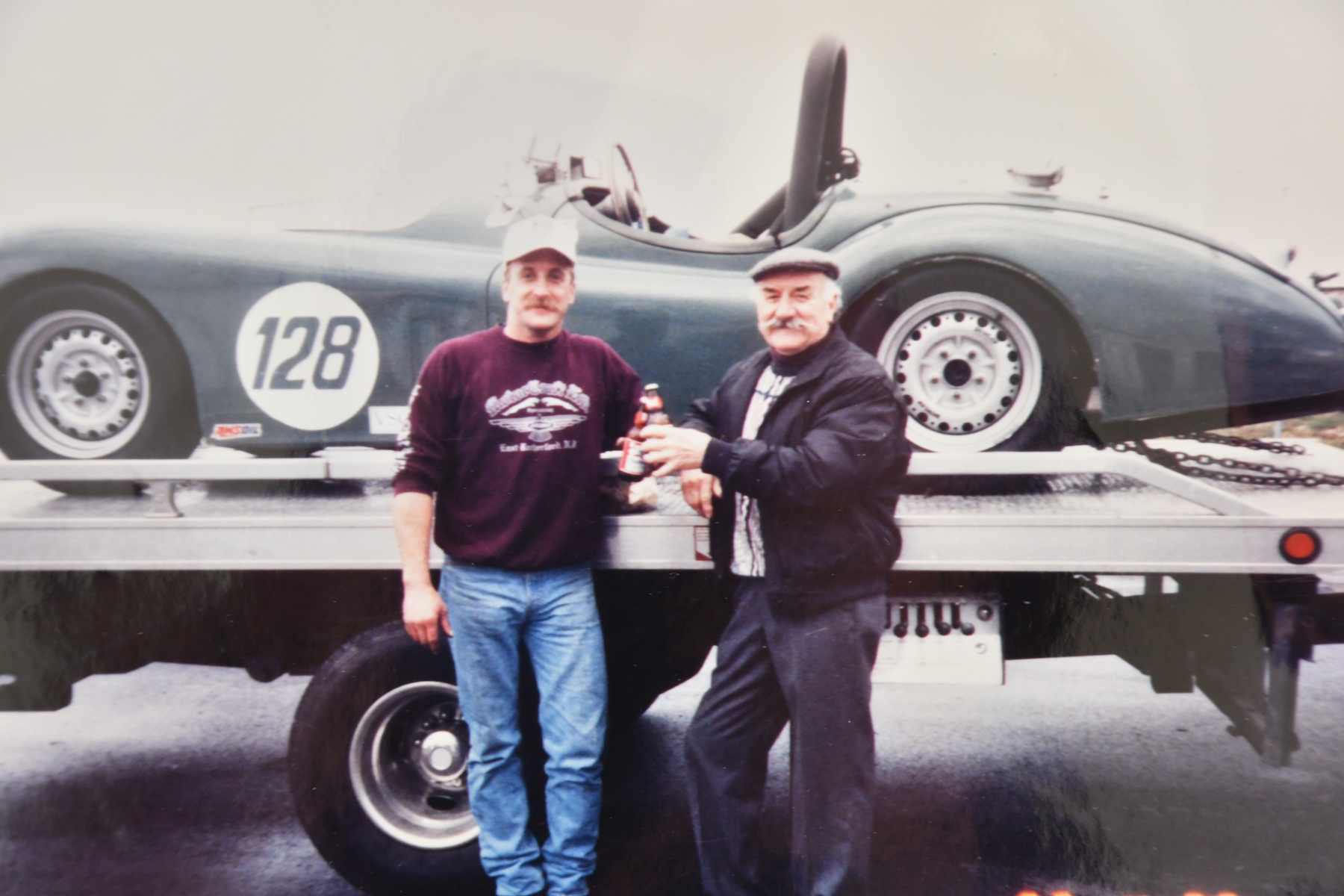
Bryan and Joe with Bryan’s vintage racing XK120
Cords front wheel drive design suffered from serious weaknesses in the CV joints.
To address that Joe re-machined and adapted the far superior half shafts from the front–wheel drive Oldsmobile Toronado to his Cord.
By the mid 1990’s Joe had the Cord’s bodywork completed. It went out for paint.
Three years later, by the late 1990’s the body had come back ready for assembly. During this period Joe and Bryan labored during “working hours” on the considerable amount of Jaguar mechanical and restoration work that came to Motorcraft. Available nights and weekends would find Joe focused on the Cord.
As the first decade of the new century progressed the Cord slowly, very slowly approached completion. During that time Joe began to make comments about how he wanted to be alive to see this glorious restoration that had spanned two centuries completed.

Father and son agreed to the need for a finish line. All agreed that Joe’s Cord would show at the 2008 Greenwich Concours d’Elegance.
Motorcraft Ltd. shut its doors to all business for a month. Then as if witnessing the explosive kick of a great runner nearing the finish line, father and son, as one, poured their hearts into making the Cord ready and perfect for Greenwich.
No longer master and intern but in the culminating act of a life of teacher and student Joe and Bryan, shoulder to shoulder, focused the power of two masters on resurrecting the car of young Joe Maletsky’s boyhood dreams.
June 2008 arrived and with it the prestigious Greenwich Concours d’Elegance.
Brilliantly black with the handcrafted brightwork gleaming in the sun, Joe Maletsky’s Cord Model 812 Phaeton took “Best Innovation” 1930’s Class.

Joe Maletsky’s granddaughter Allyson Maletsky Slaman wedding photo, 2018



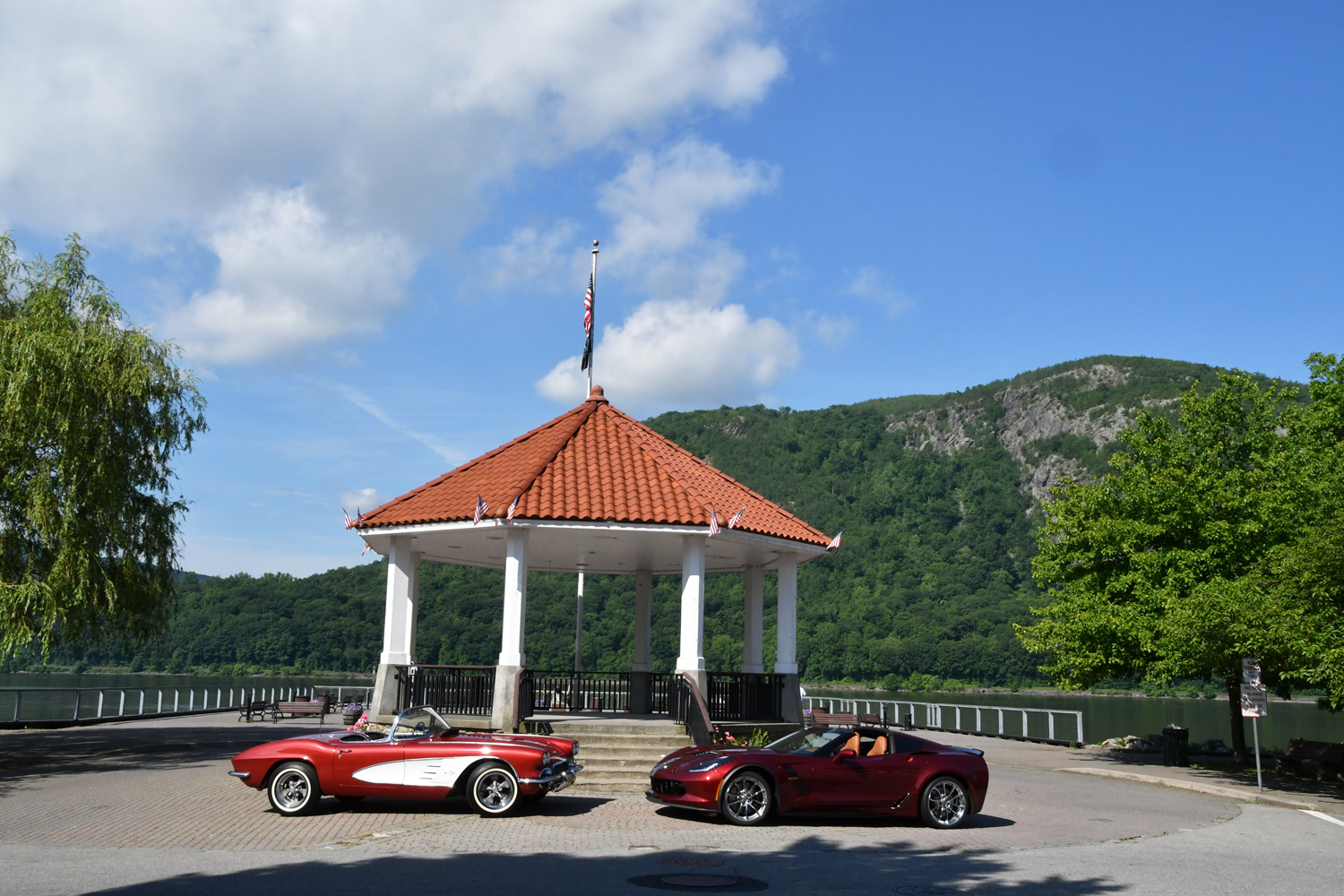

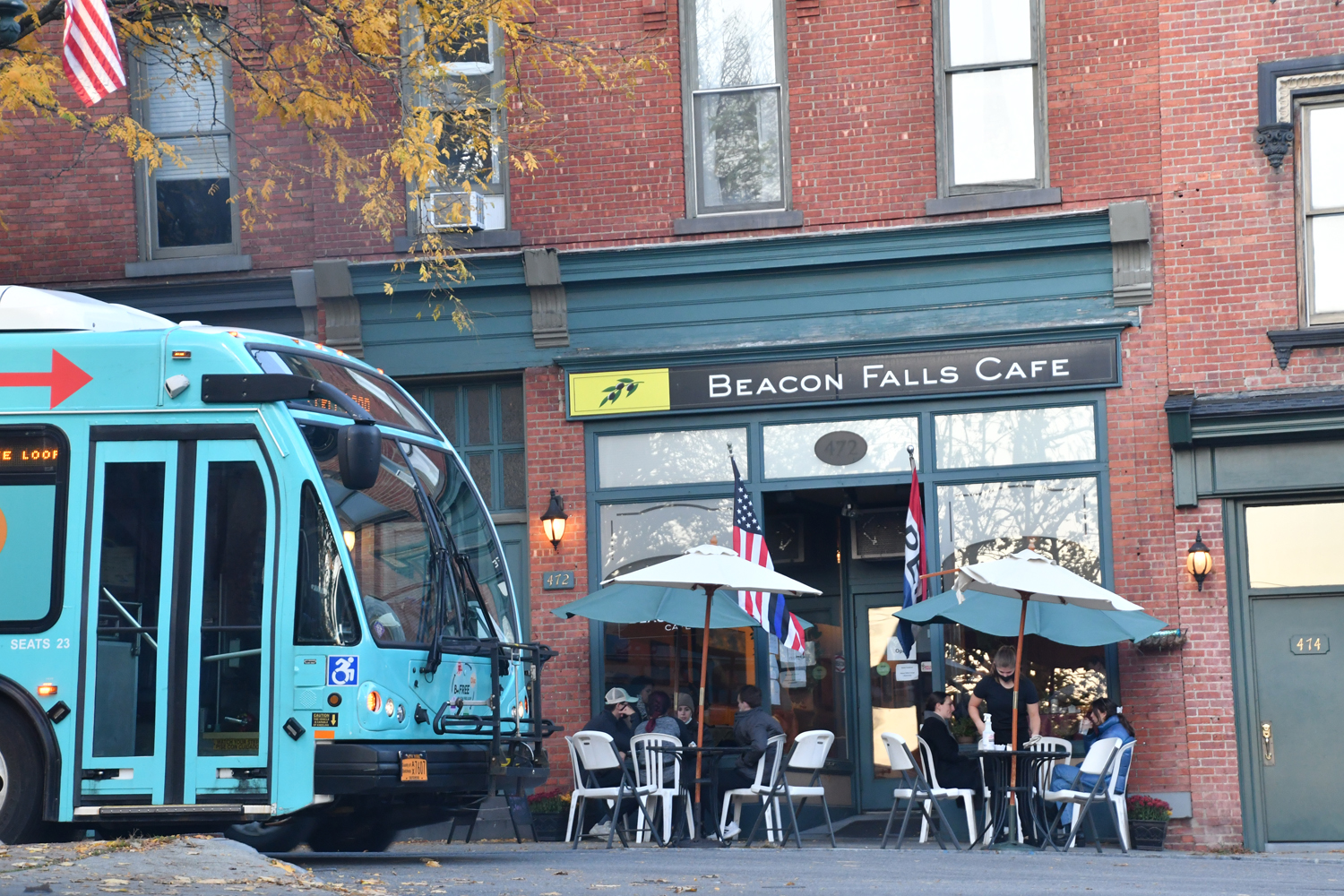
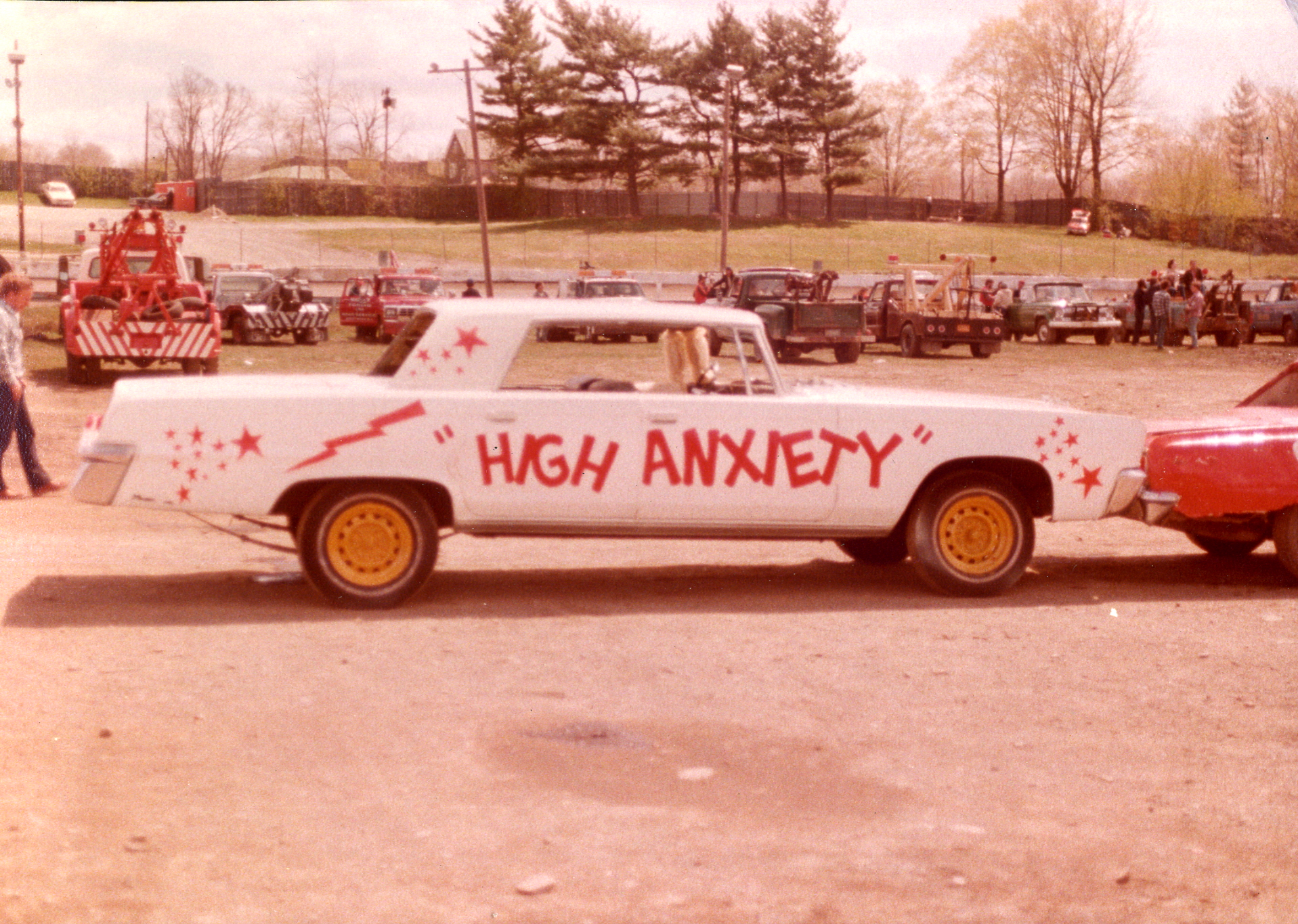




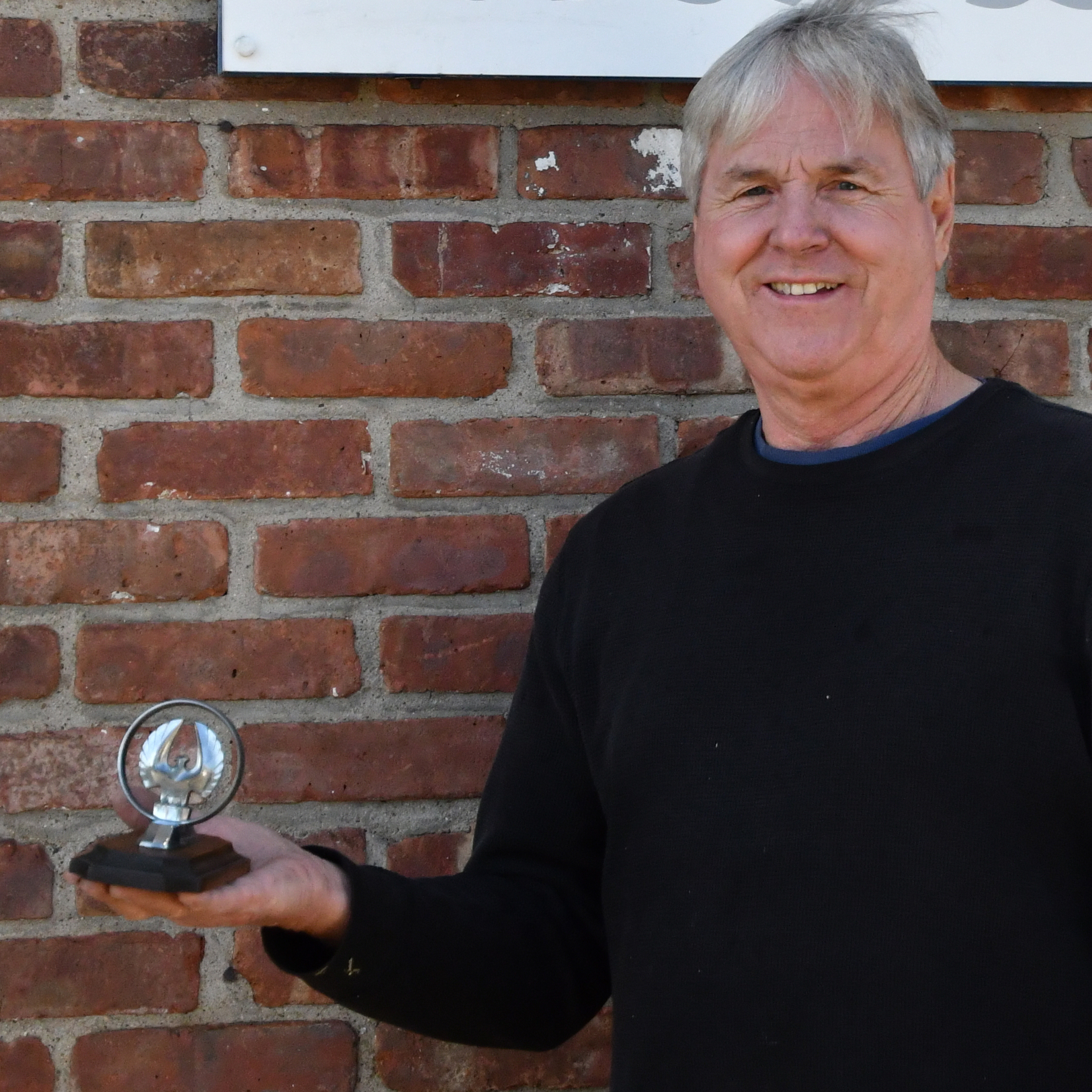

 f Danger” as a group could only have been born in the halcyon days of the later 20th century when automobile accounts pumped excitement and money into advertising agencies and magazines. Populated with automobile and motorcycle racing champions, automotive industry leaders, creative minds from advertising and publishing and gifted free spirits, the “Sons of Danger” roster boasted a selective coast to coast who’s who of fun loving motorheads. Those who belonged included cultural icons such as Malcolm Forbes; Paul Newman; Olympian Bart Conner; writers Brock Yates, P. J. O’Rourke and David E. Davis; champion drivers Dan Gurney, Kenny Bernstein, Don Garlits, Tom Sneva, Sam Hanks and Steve “Yogi” Behr; and Corvette designer Larry Shinoda. The list goes on. Membership could not be requested. It could only be offered.
f Danger” as a group could only have been born in the halcyon days of the later 20th century when automobile accounts pumped excitement and money into advertising agencies and magazines. Populated with automobile and motorcycle racing champions, automotive industry leaders, creative minds from advertising and publishing and gifted free spirits, the “Sons of Danger” roster boasted a selective coast to coast who’s who of fun loving motorheads. Those who belonged included cultural icons such as Malcolm Forbes; Paul Newman; Olympian Bart Conner; writers Brock Yates, P. J. O’Rourke and David E. Davis; champion drivers Dan Gurney, Kenny Bernstein, Don Garlits, Tom Sneva, Sam Hanks and Steve “Yogi” Behr; and Corvette designer Larry Shinoda. The list goes on. Membership could not be requested. It could only be offered.
